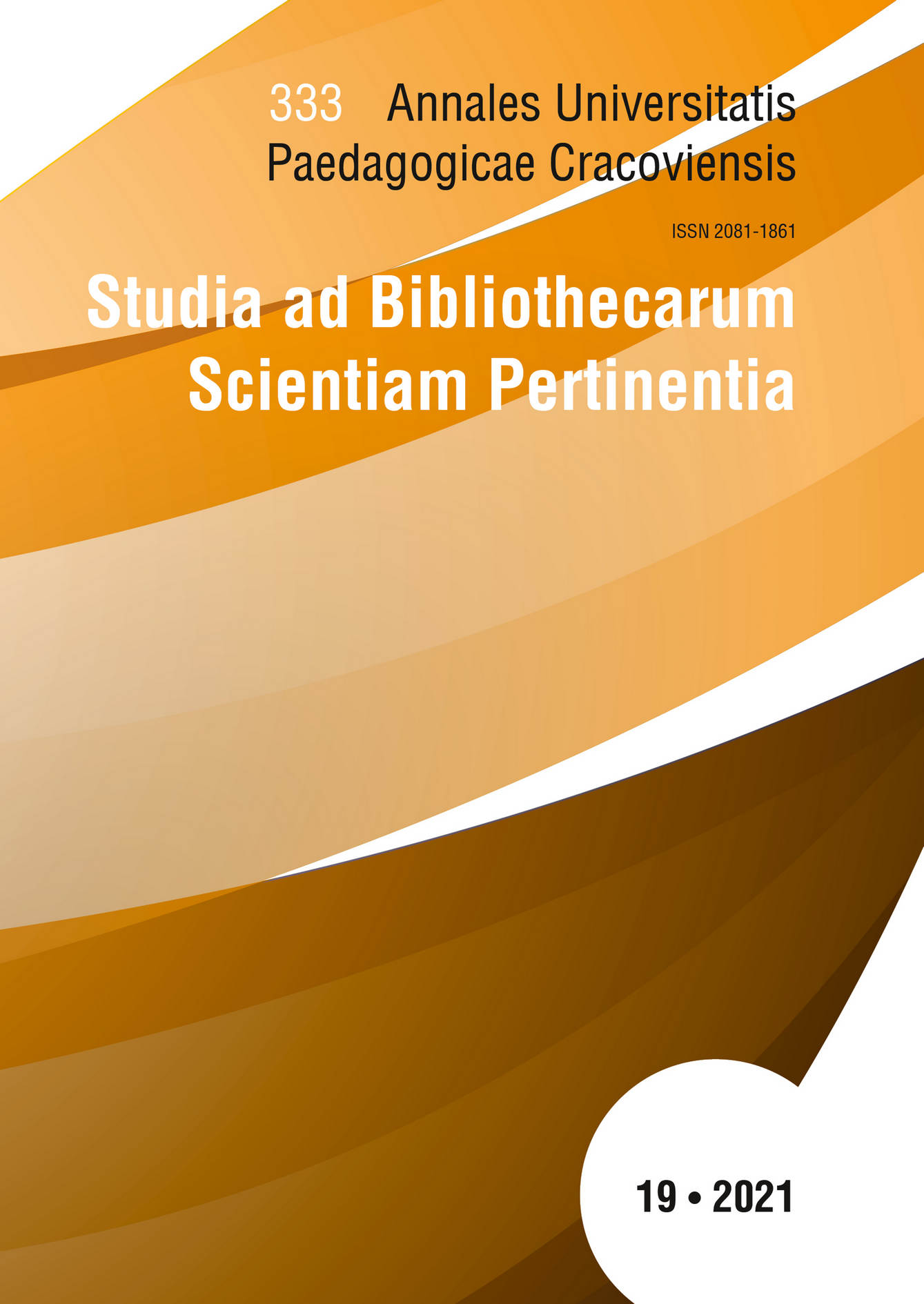Prawda czy fałsz w polityce informacyjnej? Wiarygodność telewizyjnych newsów a opinie polskich widzów w pierwszym kwartale pandemii COVID-19
DOI:
https://doi.org/10.24917/20811861.19.29Słowa kluczowe:
television, public opinion, COVID-19, credibilityAbstrakt
The authors studied the opinions of a randomly selected group of 100 respondents on the subject of policy of Polish and English language television services broadcasted at the very beginning of the COVID-19 pandemic. An anonymous online survey asked respondents about the accuracy and reliability of the information, with the goal of understanding of how much respondents were aware of the influence of all news on their political views and attitude. Media content analysis, critical analysis of literature, as well as comparative and statistical methods were analysed in conjunction with the responses to provide a wider context. The authors were also interested in learning: 1) if people would choose the same TV station, 2) their approval rating of the incumbent president, and finally, 3) whether their preferences would be in line with the official ranking data. The authors concluded that the respondents’ recognition of the credibility of the new sources facilitated the formation of political views, and in the process, their choices.
Bibliografia
Angwin J., Stealing MySpace: The Battle to Control the Most Popular Website in America, New York 2009.
Barkho L., News from the BBC, CNN, and Al-Jazeera: How the Three Broadcasters Cover the Middle East, Cresskill 2010.
Bogunia-Borowska M., Fenomen telewizji. Interpretacje socjologiczne i kulturowe, Kraków 2012.
Ceran-Pikuła D., Telewizyjne programy informacyjne i publicystyczne, „Acta Universitatis Lodziensis. Folia Litteraria Polonica” 2005, t. 7, z. 2, s. 39–48.
Dobek-Ostrowska B. Komunikowanie polityczne i publiczne. Podręcznik akademicki, Warszawa 2012.
Giereło-Klimaszewska K., Rola telewizji w kształtowaniu wizerunku politycznego. Studium mediatyzacji polityki na przykładzie wyborów prezydenckich w Polsce, Toruń 2008.
Goban-Klas T., Media i komunikowanie masowe. Teorie i analizy prasy, radia, telewizji i Internetu, Warszawa 2004.
Goban-Klas T., Media w płynnej pandemii 2020. Komunikacja w czasie lockdownu: oddzielnie, ale razem, „Studia Medioznawcze” 2020, t. 21, nr 4, s. 718–733.
Halawa M., Życie codzienne z telewizorem. Z badań terenowych, Warszawa 2006.
Jaskiernia A., Od telewizji masowej do Netfliksa. Telewizja w Stanach Zjednoczonych
w epoce cyfrowej, Warszawa 2016.
Jaskiernia A., Zasady postępowania dziennikarzy telewizji polskiej w okresie wyborów a standardy międzynarodowe, [w:] Polacy wobec wyborów 2005 roku, red. A. Kasińska-Metryka, Kielce 2007, s. 177–192.
Koronawirus wyzwaniem współczesnego społeczeństwa. Media i komunikacja społeczna, red. K. Marcinkiewicz, P. Nowak, D. Popielec, M. Wilk, Kraków–Wrocław 2020.
Küng-Shankleman L., Inside the BBC and CNN: Managing Media Organisations, London 2000.
Livingstone S., Clarifying the CNN Effect. An Examination of Media Effects According to Type of Military Intervention, Cambridge 1997.
Maksimowicz D., TVN SA jako podmiot gospodarczy. Zarys zagadnienia na przykładzie analizy fundamentalnej i próby wyceny spółki w latach 2009–2015, „Studia Medioznawcze” 2016, nr 4(67), s. 87–99.
McQuail D., Teoria komunikowania masowego, przeł. M. Bucholc, A. Szulżycka, red. Nauk. T. Goban-Klas, Warszawa 2007.
Mrozowski M., Media masowe. Władza, rozrywka i biznes, Warszawa 2001.
Ociepka B., Dla kogo telewizja? Model publiczny w postkomunistycznej Europie Środkowej, Wrocław 2003.
Pokorna-Ignatowicz K., Telewizja w systemie politycznym i medialnym PRL. Między polityką a widzem, Kraków 2003.
Robinson P., The CNN Effect: The Myth of News, Foreign Policy, and Intervention, New York–London 2006.
Science Communication in the New Reality: How to Organise Science Festivals after the Coronavirus Pandemic?, ed. M. Marcela, transl. T. Grząślewicz, Katowice 2020.
Świerczyńska-Głownia W., Ewolucja rynku telewizyjnego w Polsce. Analiza przypadku TVP i TVN, Kraków 2014.
Świerczyńska-Głownia W., Multiplatformowa promocja treści. Prasa, radio i telewizja na sfragmentaryzowanym rynku mediów, „Zeszyty Prasoznawcze” 2019, t. 62, nr 1, s. 44–63.
Whittemore H., CNN, the Inside Story: How a Band of Mavericks Changed the Face of Television News, Boston 1990.
Pobrania
Opublikowane
Jak cytować
Numer
Dział
Licencja
Prawa autorskie (c) 2021 AUPC Studia ad Bibliothecarum Scientiam Pertinentia

Utwór dostępny jest na licencji Creative Commons Uznanie autorstwa 4.0 Międzynarodowe.

